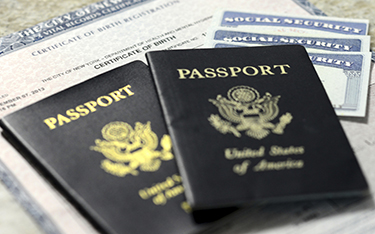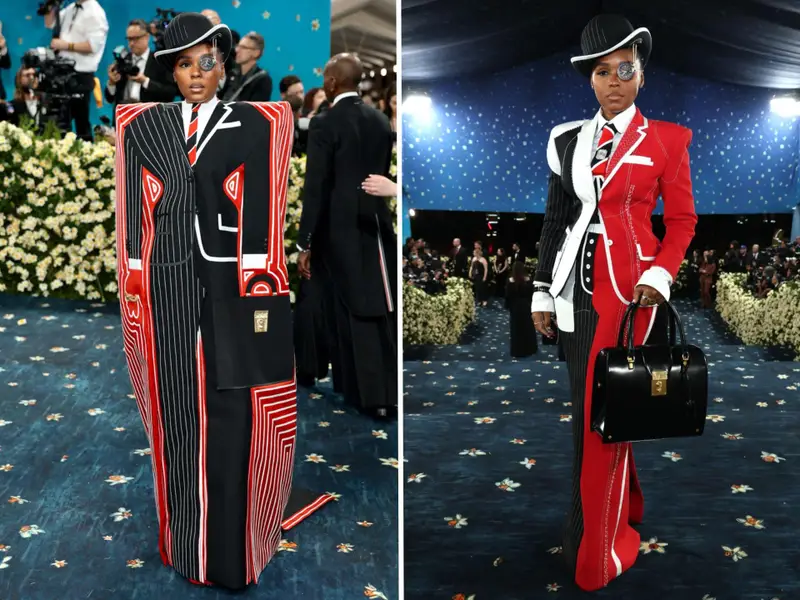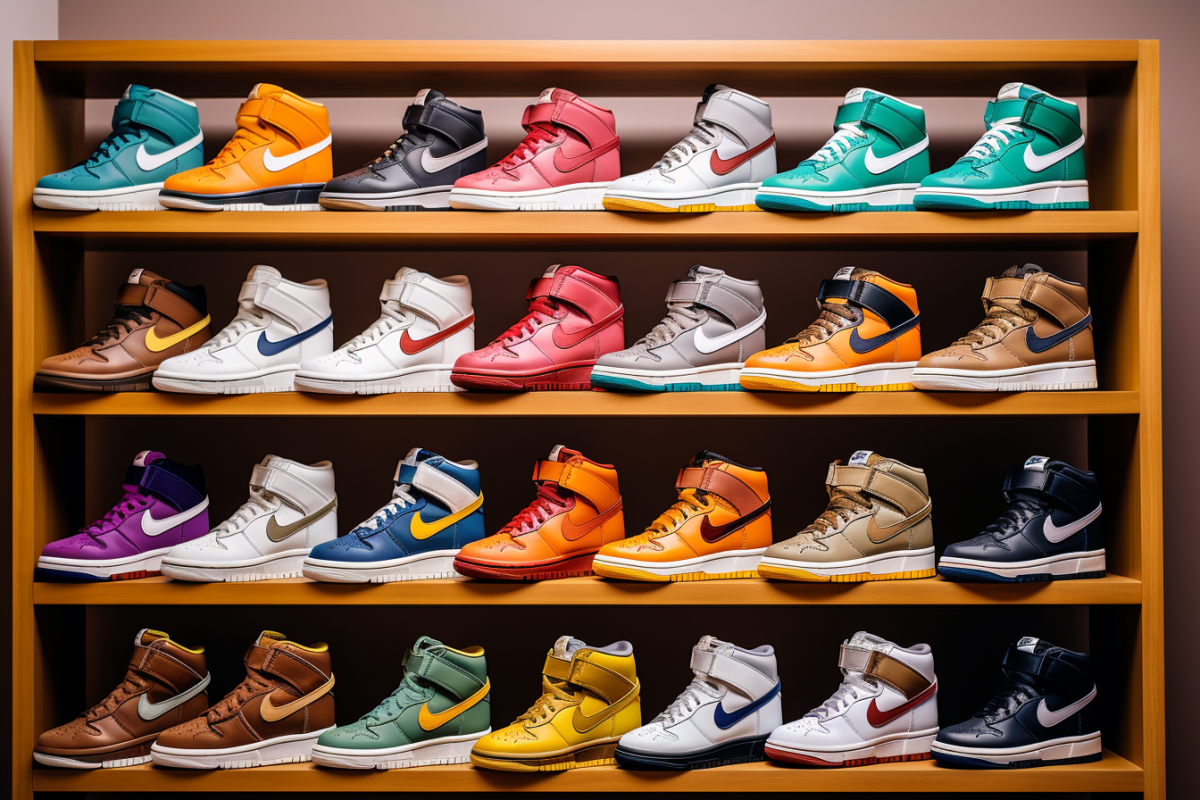Sneakers have evolved from mere athletic footwear to a global cultural phenomenon. Among the brands that have left an indelible mark on sneaker culture, Nike stands tall. Let’s delve into the fascinating world of Nike shoes and how they’ve become more than just footwear.
The Rise of Sneaker Culture
A Brief History
Sneakers, originally designed in the 1860s in England for upper-class sports like croquet and tennis, have come a long way. The first ever company to invent sneakers was The U.S. Rubber Company in 1892. Shoes now represent self-expression, art, and a thriving subculture. But what sparked this transformation?
In the late ’70s and early ’80s, athlete-endorsed shoes began to dominate the scene. Brands like Converse, Puma, and Adidas entered the game. However, it was the intertwining of basketball, hip-hop, and breakdancing in New York that set the stage for sneaker culture. The iconic rap group Run-D.M.C., with their 1986 single “My Adidas,” catapulted Adidas Superstar shoes into cultural prominence. In 1964, a new shoe company, Nike, had just been started. Later in the 1960s, Nike started primarily making athletic shoes. Meanwhile, Michael Jordan, who was still a rookie, was about to change the game forever.
The Air Jordans Revolution
In 1984, Nike, primarily known for their running shoes, signed Michael Jordan to a groundbreaking five-year, $2.5 million endorsement deal. The result? The legendary Air Jordan is—bold, defiant, and far from your grandfather’s basketball shoes. These sneakers flaunted vibrant hues of white, black, and red, challenging NBA’s guidelines that mandated shoes be mostly white.
The Air Jordans became a symbol of rebellion, style, and excellence. Michael Jordan’s gravity-defying moves on the court were mirrored by the shoes on his feet. Suddenly, sneakers weren’t just for athletes; they were a cultural statement.
Sneakerheads and Collectors
Enter the sneakerheads—enthusiasts who collect, trade, and obsess over sneakers. Their passion extends beyond functionality; it’s about rarity, exclusivity, and storytelling. Sneaker culture birthed limited-edition releases associated with celebrities, hip-hop stars, and athletes. Nike, being one of the most popular shoe brands, had dominated shoe culture. Shoes became more than footwear; they were wearable art.
Take a look at a gallery of the most popular Nike shoes in history.
Nike SB Dunk:
The Nike SB Dunk, originally designed for skateboarding, has become a cultural icon, celebrated for its unique colorways and collaborations with artists and brands.
Nike Blazers:
Nike Blazers are more than just shoes; they’re a canvas for self-expression and cultural significance. Whether you’re hitting the streets or the skate park, your choice of Blazers speaks volumes about your style and personality.
Air Jordan 11:
The Air Jordan 11, designed by Tinker Hatfield, is a classic silhouette worn by Michael Jordan both on and off the court. Its sleek aerodynamics, sophisticated patent leather shine, and iconic design make it one of the most sought-after sneakers in the game.
Conclusion
Beyond the hype, sneakers reveal something about their wearers. Whether you’re rocking classic Nike Blazers Air Max 1s, your choice of sneakers speaks volumes. Nike’s impact on sneaker culture transcends mere commerce. It’s about aspiration, creativity, and the fusion of sports, music, and fashion. So next time you lace up your Nikes, remember—you’re part of a global tapestry woven by millions of feet, each step leaving an imprint on the canvas of sneaker history.
Sources:























